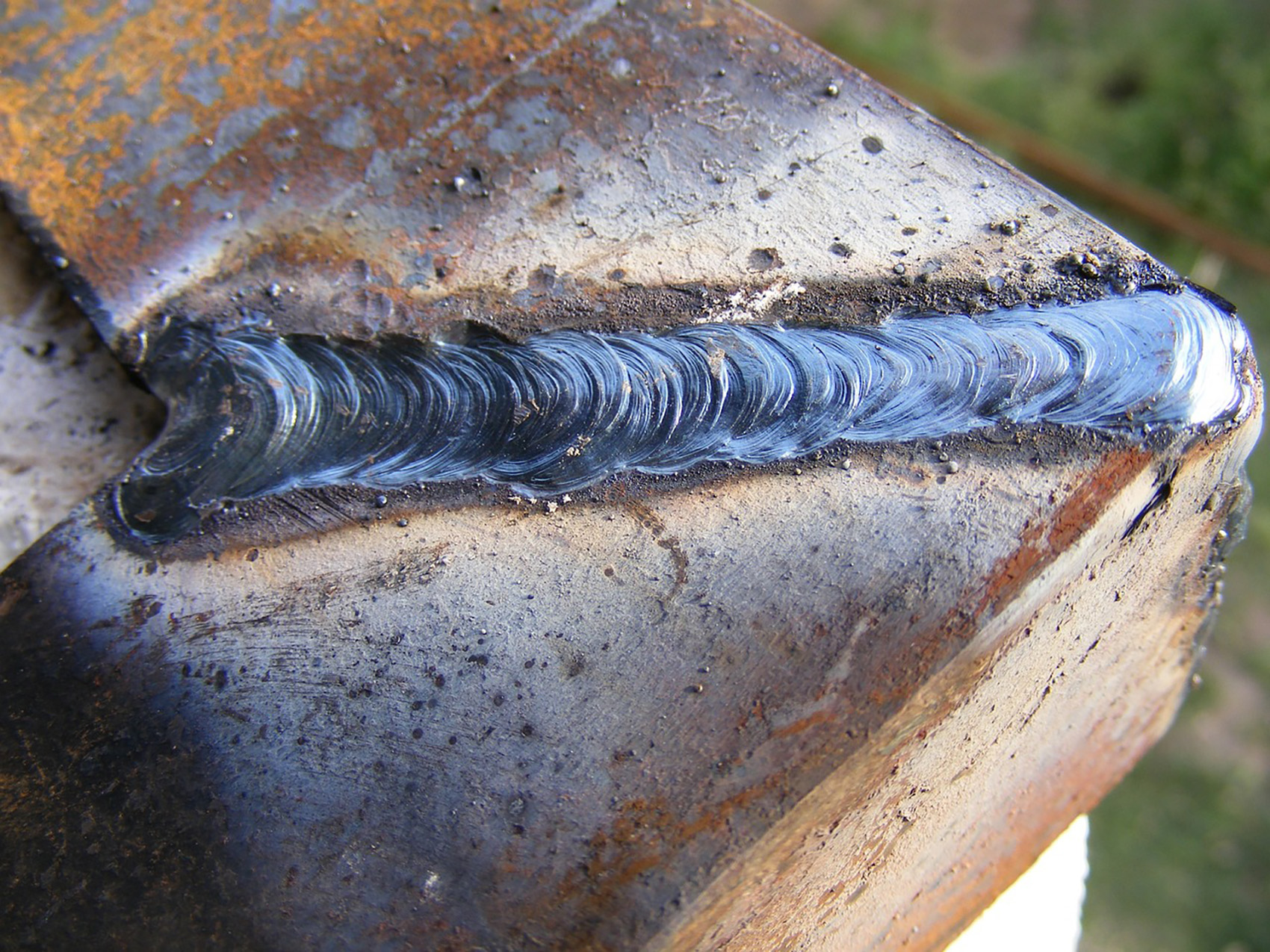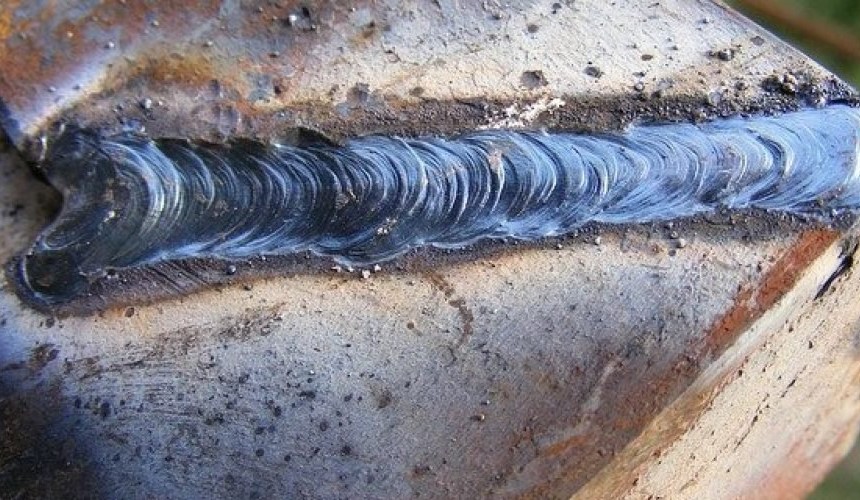Your Total Manual to Preventing Weld Undercut Like a Pro
Your Total Manual to Preventing Weld Undercut Like a Pro
Blog Article
Essential Tips for Welders: Stopping Undercut Welding and Ensuring Stronger Weld Joints
In the world of welding, achieving strong and resilient weld joints is the cornerstone of creating high-grade work. One typical difficulty that welders usually come across is undercut welding, which can endanger the honesty of the weld joint. By recognizing the factors that add to undercutting and executing the right methods and safety measures, welders can properly avoid this problem and make sure the long life and stamina of their welds. Allow's check out some necessary ideas that can help welders navigate this challenge and elevate the top quality of their welding tasks.

Comprehending Undercut Welding
Undercut welding is a common welding flaw that occurs when the weld steel fails to appropriately fill the groove and causes a groove-like anxiety along the weld grain. This problem damages the weld joint, making it vulnerable to fracturing and failure under anxiety. Undercutting can be created by various aspects, consisting of excessive welding present, high welding rate, improper electrode angle, inaccurate electrode dimension, and poor welding method.
Among the main reasons for undercut welding is a discrepancy between the welding present and the welding rate. If the welding current is expensive or the welding speed is also quickly, the weld metal may not adequately fill up the groove, bring about undercutting. Additionally, utilizing an electrode that is also huge can result in a comparable outcome, as the excess steel can not effectively flow into the groove.
To stop undercut welding, welders need to ensure they are utilizing the proper welding criteria, maintain a suitable electrode angle, choose the suitable electrode size, and technique appropriate welding methods. By addressing these aspects, welders can minimize the danger of damaging and produce more powerful, a lot more reliable weld joints.
Proper Welding Technique
Efficient welding technique plays a crucial duty in making sure the high quality and integrity of weld joints. One basic element of proper welding strategy is preserving the appropriate angle and range between the welding gun and the workpiece.
Additionally, a steady and regular hand movement is essential for producing strong and long lasting weld joints. Welders ought to intend for smooth, uniform movements to make sure even distribution of the weld product. Appropriate adjustment of the welding gun and filler product is also vital to accomplishing ideal penetration and blend.
Additionally, regulating the warm input and picking the suitable welding criteria based on the product being welded are important factors in accomplishing high-quality welds - Preventing weld undercut. Welders must adhere to the recommended setups offered by welding treatment requirements and adjust them as needed based upon the specific demands of the task. By mastering appropriate welding strategies, welders can significantly improve the toughness and reliability of their weld joints
Choosing the Right Electrode
Preserving the proper angle and range between the welding gun and the work surface is essential when thinking about the relevance of selecting the ideal electrode in welding applications. The choice of electrode plays an important function in figuring out the high quality and stamina of the weld joint. Electrodes can be found in numerous kinds, each made for details objectives and products.
To start with, selecting the appropriate electrode diameter is vital. Thinner electrodes are appropriate for welding slim materials, while thicker electrodes are much better for thicker materials and greater warmth applications. Matching the electrode size to the thickness of the workpiece assists attain a well balanced weld.
Second of all, recognizing the product make-up of the electrode is essential. Different electrodes are designed for welding specific materials like steel, stainless-steel, light weight aluminum, or cast iron. Making why not check here use of the proper electrode product makes sure excellent combination and lessens the danger of problems in the weld.
Lastly, considering the welding position and strategy is critical when picking the electrode kind. Particular electrodes are much better fit for vertical or overhanging welding placements, while others function well for flat or straight settings. Picking the appropriate electrode based on the see welding technique improves the overall weld top quality and stability.
Preparing the Base Metal
To make certain a successful welding process, what first steps should be taken when preparing the base steel for welding? Correctly preparing the base steel is vital for achieving solid and resilient weld joints. The very first step in preparing the base metal is to clean it thoroughly to eliminate any pollutants such as rust, dirt, oil, or paint. This can be done utilizing a wire chemical, brush, or grinder solvents. Additionally, any kind of existing weld material or residue from previous welding ought to be removed to make certain a clean surface area for the new weld.

Conducting Post-Weld Inspections

After carrying out these analyses, welders need to compare the results against sector standards and job demands to guarantee that the weld joint fulfills all required requirements. Any type of inadequacies or variances uncovered throughout the post-weld inspection should be quickly dealt with with proper rehabilitative actions to assure the weld's integrity. By vigilantly executing post-weld inspections and immediately addressing any problems, welders can maintain the high quality and reliability of their work, ultimately adding to the security and long life of the bonded structures.
Final Thought

Finally, protecting against undercut welding and making certain more powerful weld joints call for a mix of appropriate welding method, picking the best electrode, preparing the base metal properly, and performing post-weld examinations. By understanding the causes of undercut welding and implementing the required safety measures, welders can create top notch weld joints that satisfy market criteria and guarantee the structural stability of the welded parts.
Undercut welding is a common welding flaw that takes place when the weld steel fails to properly fill the groove and results in a groove-like depression along the weld grain (Preventing weld undercut). Damaging can be caused by numerous aspects, including too much welding current, high welding rate, improper electrode angle, incorrect electrode size, and inadequate welding technique
One of the primary factors for undercut welding is an imbalance between the welding present and the welding rate. If the welding current is also high or the welding speed is too quick, the weld metal might not properly fill up the groove, leading to damaging.Preserving the proper angle and distance between the welding gun and the work surface is essential when taking into consideration the relevance of picking the ideal electrode in welding applications.
Report this page